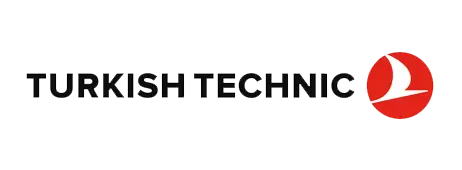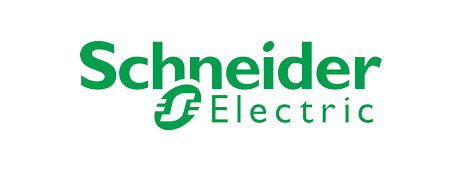A water-cooled chiller is a cooling device used in large commercial and industrial applications that transfers heat to water. This type of chiller is used to cool water for air conditioning systems, industrial processes, and various other applications.
A water-cooled chiller cools water using a refrigerant. The cooling process involves cooling the water in the evaporator and transferring heat to water in the condenser through a cycle. These cooling systems typically work together with a cooling tower to cool the water using ambient air.
They have high energy efficiency and are suitable for large-scale cooling needs.
They provide lower operating costs.
They are less affected by outdoor temperatures, thus performing well even in hot weather.
They are durable and have a long lifespan.
Higher initial investment costs.
They require access to water and consume more water.
Maintenance is more complex and requires water treatment systems.
Installation is more challenging and time-consuming.
Cooling towers should be regularly cleaned, and water treatment systems should be checked.
Water flow levels and system pressures should be regularly monitored.
Cleaning of condensers and evaporators is important.
Electrical connections and motors should be regularly inspected.
Air conditioning systems in large commercial buildings
Industrial process cooling
Data centers and telecommunication facilities
Hospitals and laboratories







